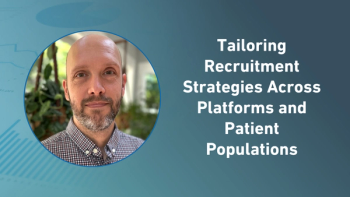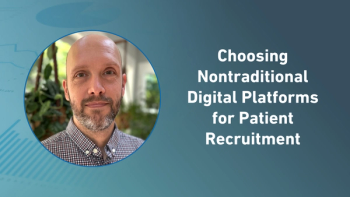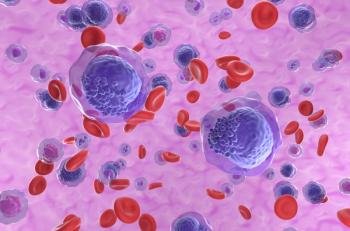
What Can Europe Hope for from Health Technology Assessment?
The European Medicines Agency is proposing changes to the current guidelines on first-on-human clinical trials to improve risk-based strategies.
As Brussels sinks further into slumberous summertime mode, answers are still awaited as to how the promises of Health Technology Assessment (HTA) are to be realized in Europe. The subject is on everyone lips: it was highlighted by the June meeting of European Union health ministers as a priority, national HTA authorities endorsed a European agenda stretching to 2020 in May, the European Commission's work program for this year includes a still-to-be-seen HTA initiative, and a renewed HTA support network is due to kick into action any day now. Meanwhile, HTA bodies are increasingly present in discussions of marketing authorizations at the European Medicines Agency and elsewhere.
But what in concrete terms can be expected over the coming months? The health council conclusions underlined HTA's importance as a "tool in achieving sustainable health care systems and to promote innovation that delivers better outcomes for patients and society." The meeting acknowledged "the potential added value of health technology assessments in the context of national health systems," and invited member states to exchange methodologies and assessment outcomes, and to explore closer voluntary cooperation on HTA. The agenda agreed by the formal HTA network of national authorities for health technology assessment foresees a wide range of tasks, starting now, to build cooperation between national efforts-including a paper on closer links between HTA and regulators. The European Commission is still playing its cards close to its chest on the shape of its long-awaited HTA initiative-although this looks increasingly like it will be a consultation on what should be done to strengthen EU cooperation, rather than a plan in itself. The HTA support network, EUnetHTA Joint Action 3, is still officially "poised to start its activities"-several projected start dates have now slipped by while preparations are finalized-and has been confidently recruiting to fill staff positions in its secretariat hosted by the Dutch healthcare institute, ZIN. It says it has more than 70 members and observers, as well as input from industry and other stakeholders, and its focus will be on joint assessments. And a report in March on the European Medicines Agency pilot with HTA bodies on providing parallel scientific advice for drug developers on their development plans concluded that the project had proved its worth and should now become fully operational. The pharmaceutical industry-as one of the principal interested parties-has been keen to understand more clearly where all this likely to go. Representatives of drug firms and officials from the European industry federation, EFPIA, met experts from the HTA bodies of a dozen countries in Paris last month to discuss preparations for EUnetHTA 3. Their main concern was to align expectations and ambitions over the sort of joint assessments envisaged-because drug firms say the merits of the exercise depend on the joint assessments actually being used by national authorities. EUnetHTA staff offered reassurances that this was a shared objective at expert level. But both sides recognize that ultimately the decisions over using any joint assessments will be made at policy level in health ministries rather than just by experts, and the views across European countries are at present widely varied. Similar meetings have taken place between HTA authorities and European trade associations representing biopharmaceuticals and plasma and protein companies, with similar questions raised. Open questions remain over how far industry will be allowed to contribute to all this joint HTA work-certainly the forum with all stakeholders that has been a feature of the last five years is to disappear, and arrangements for consultation are still to be finalized. Everyone agrees that in principle HTA is a good thing. Everyone also seems to agree that it should involve a great deal more cooperation. But the mechanisms for achieving much of this are still shrouded in mystery. The return to work in September may provide some of the answers.
Newsletter
Stay current in clinical research with Applied Clinical Trials, providing expert insights, regulatory updates, and practical strategies for successful clinical trial design and execution.






.png)



.png)



.png)
.png)
